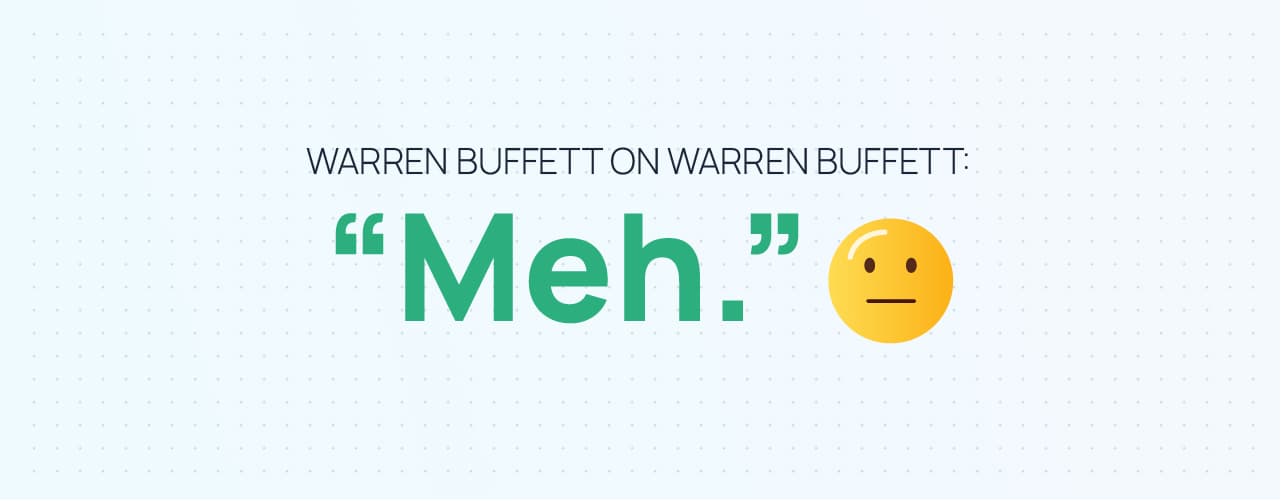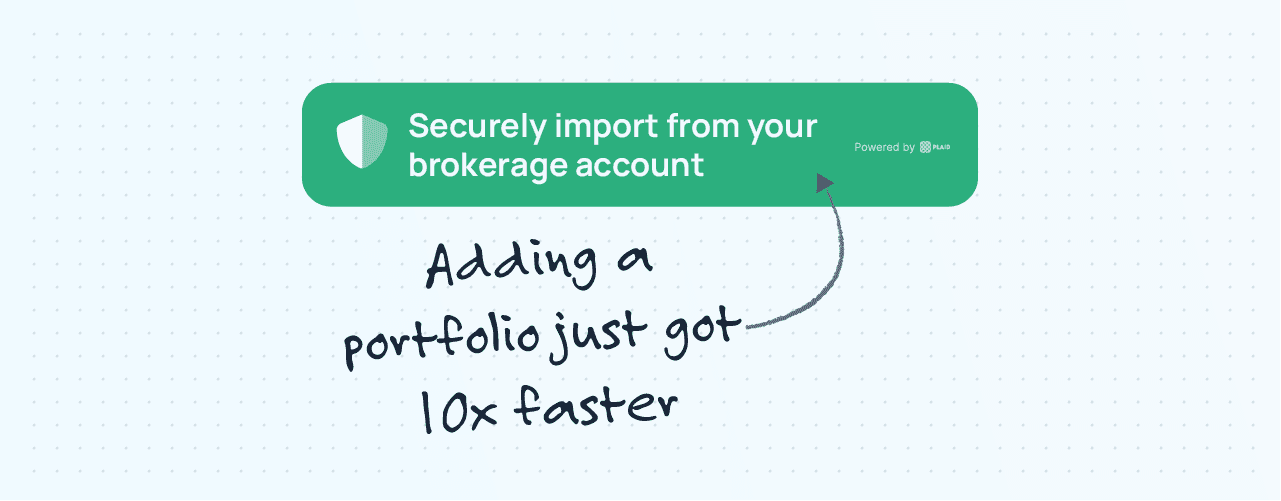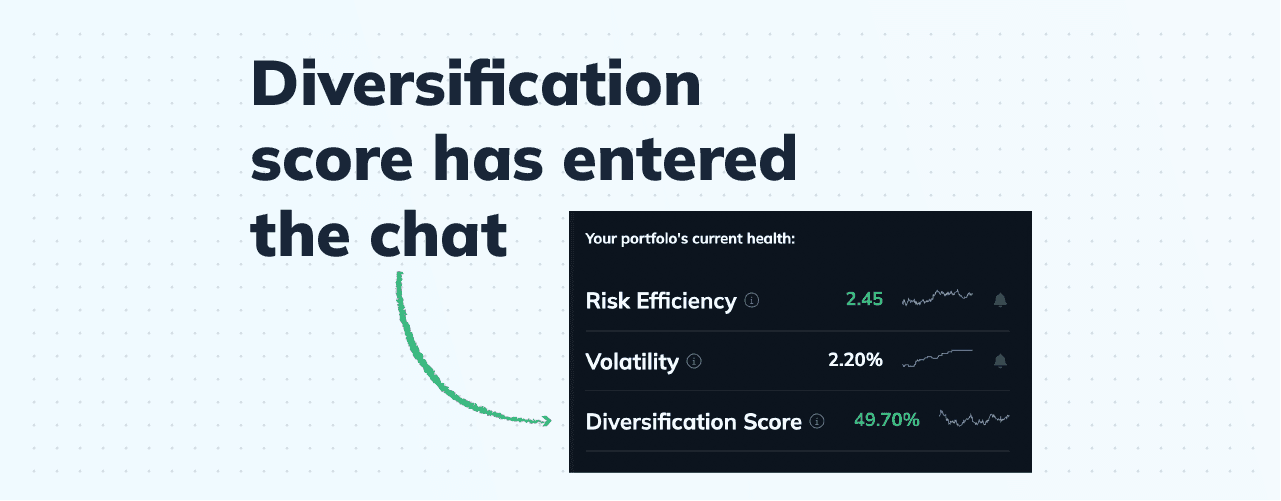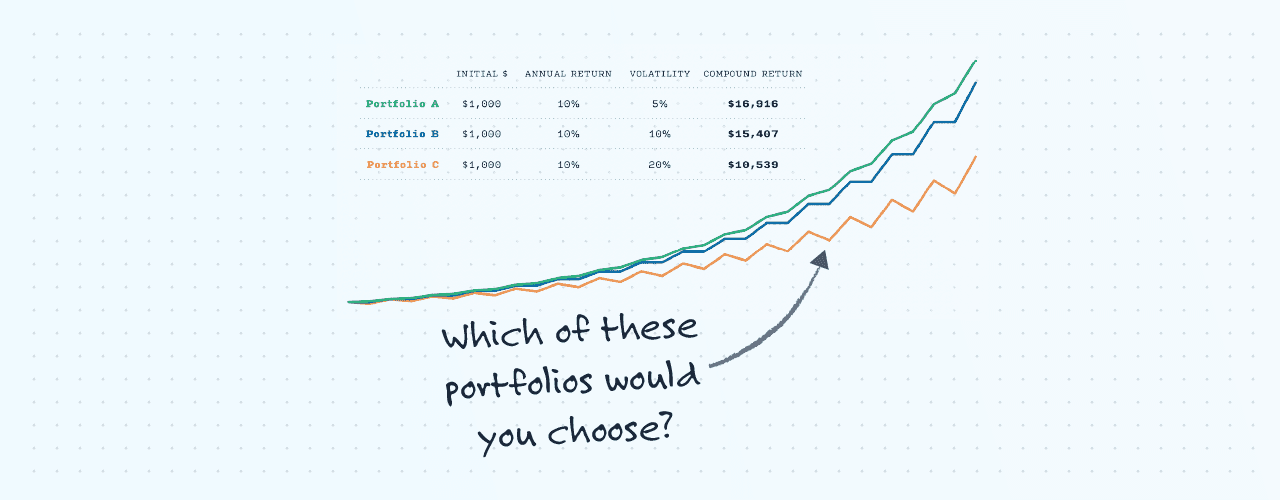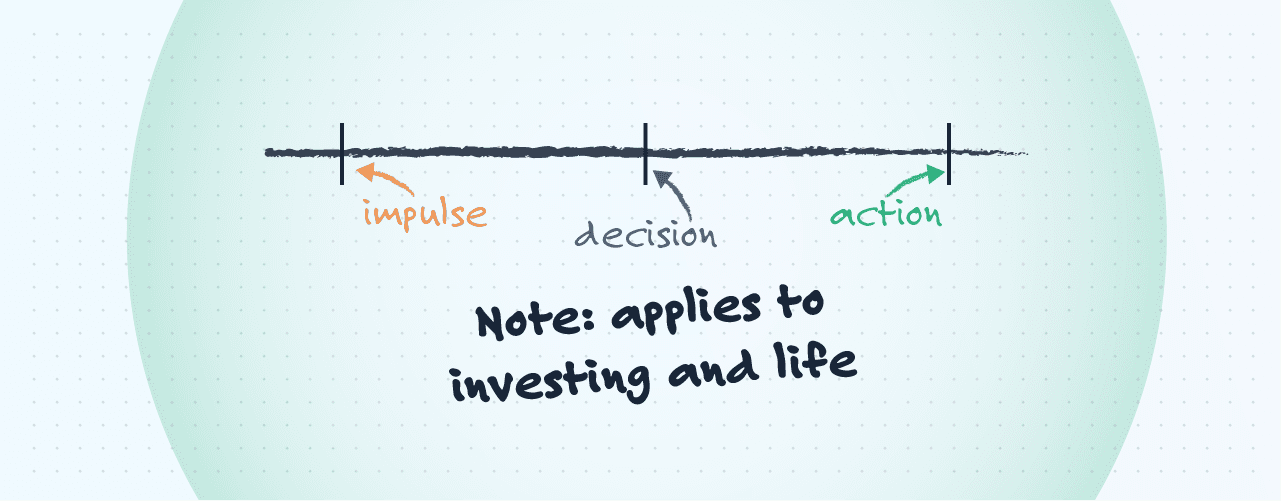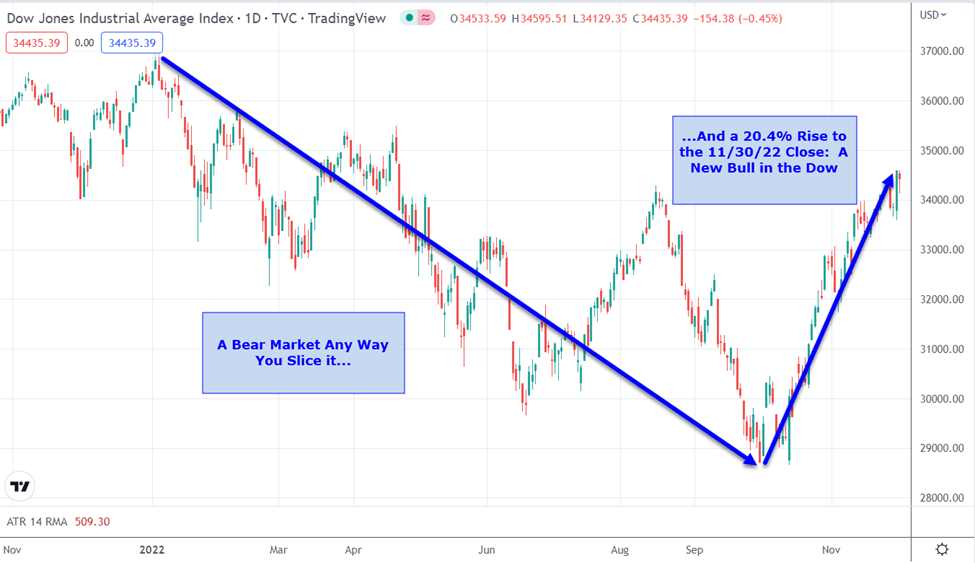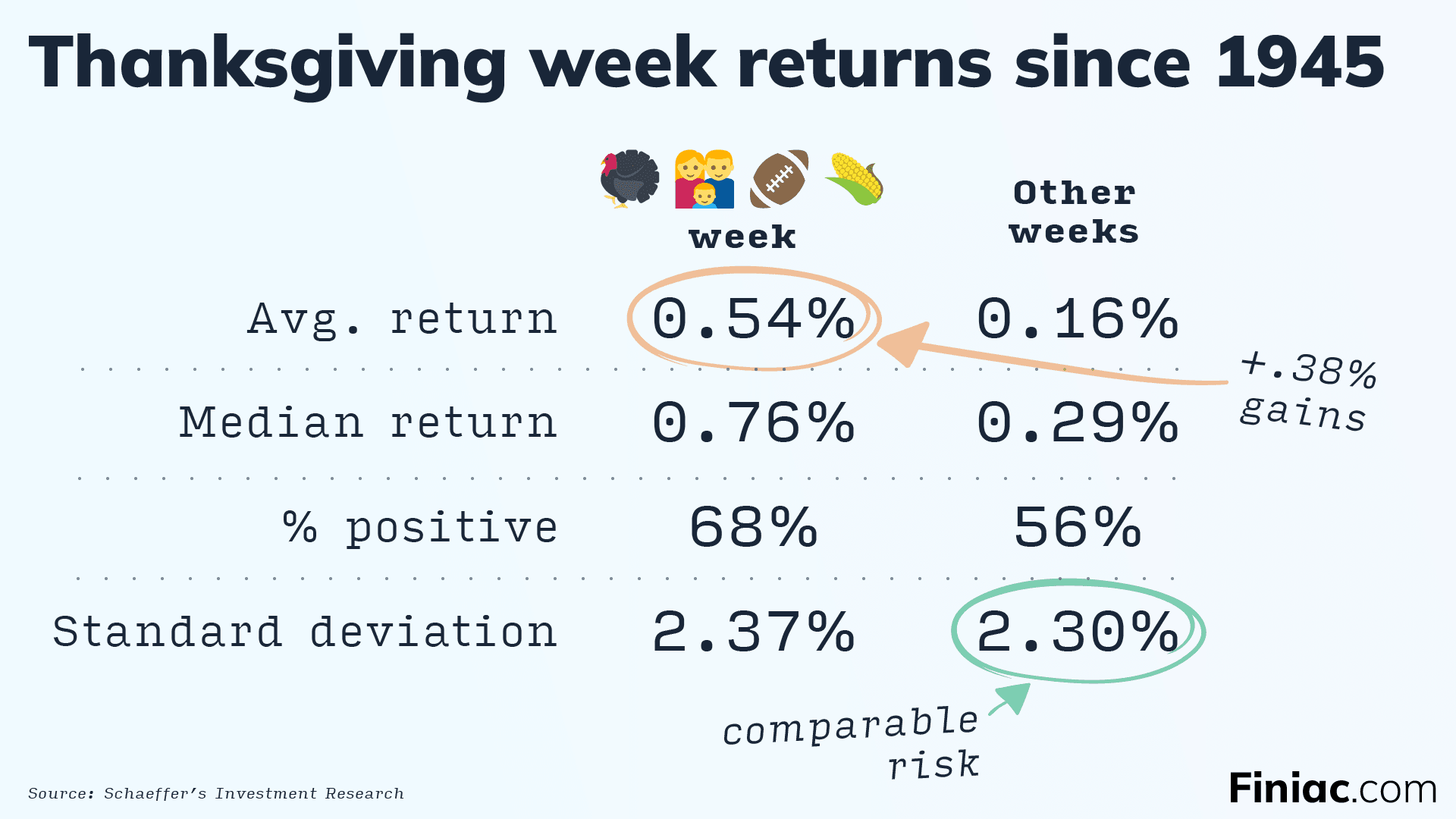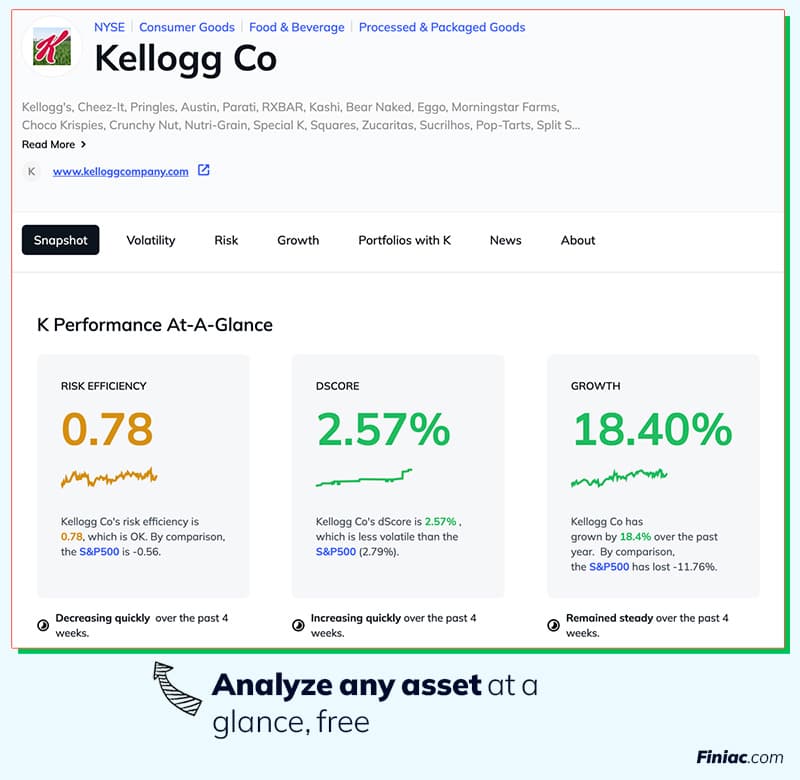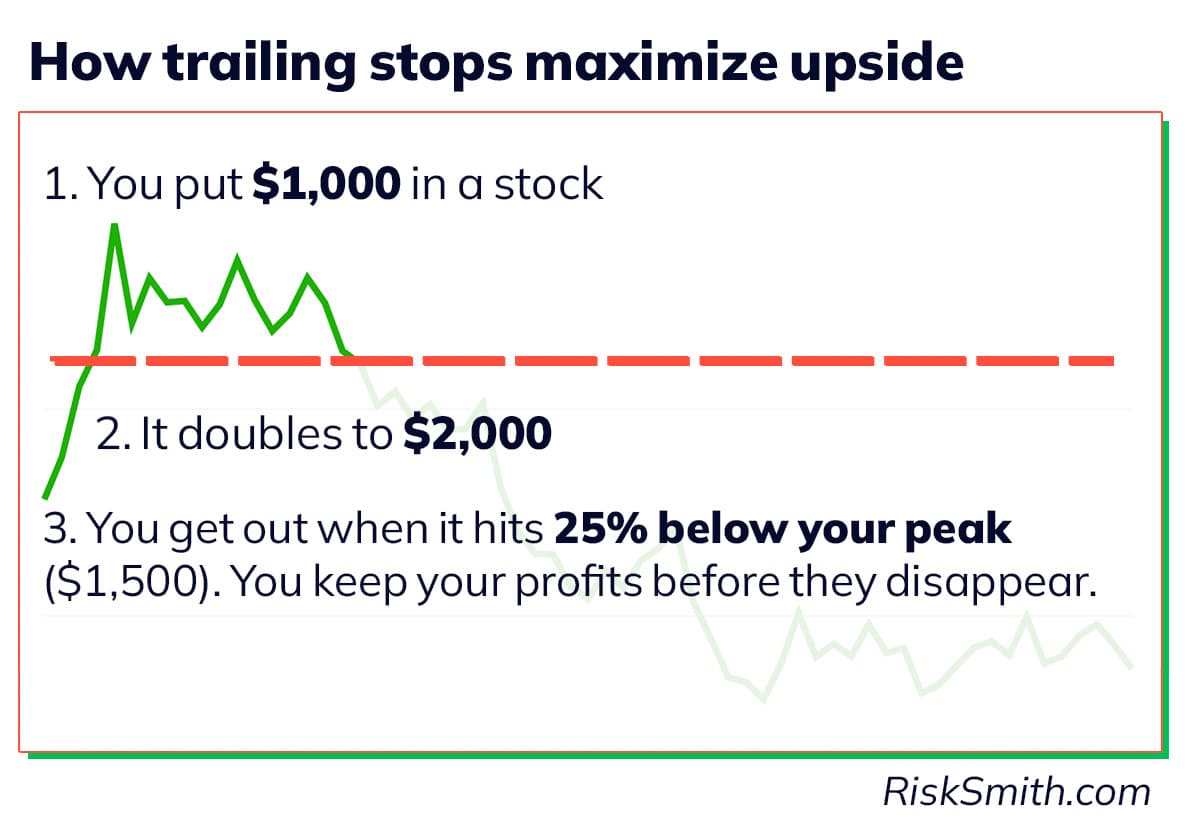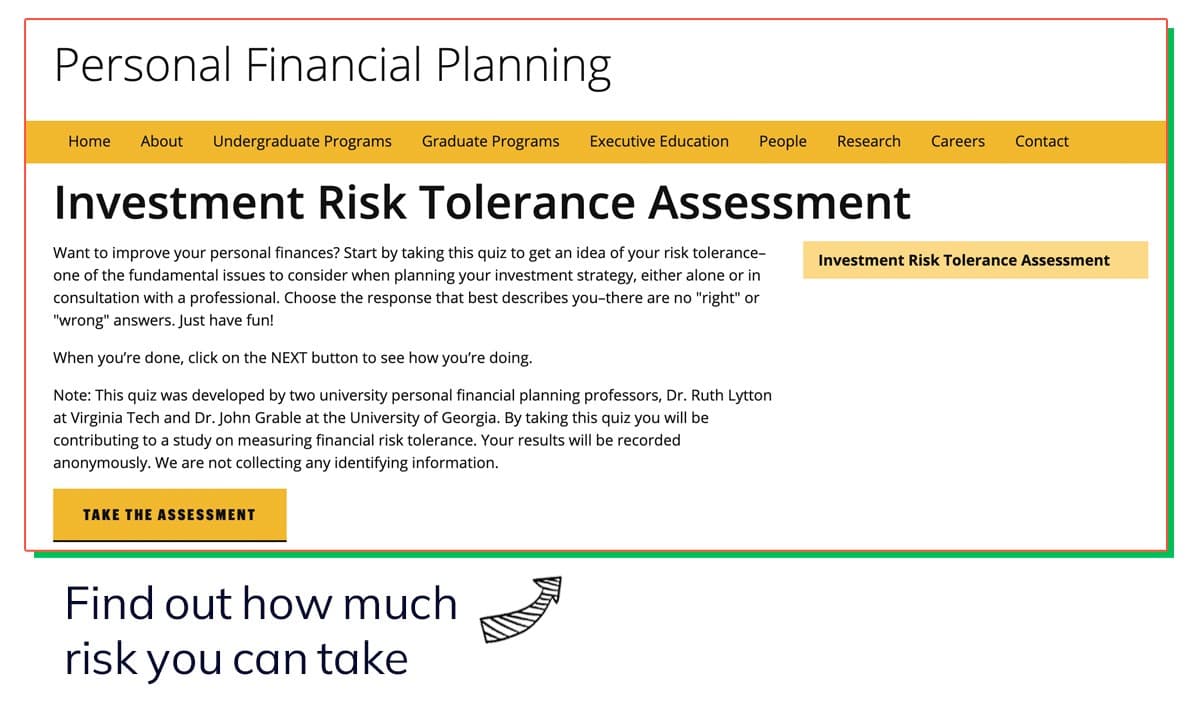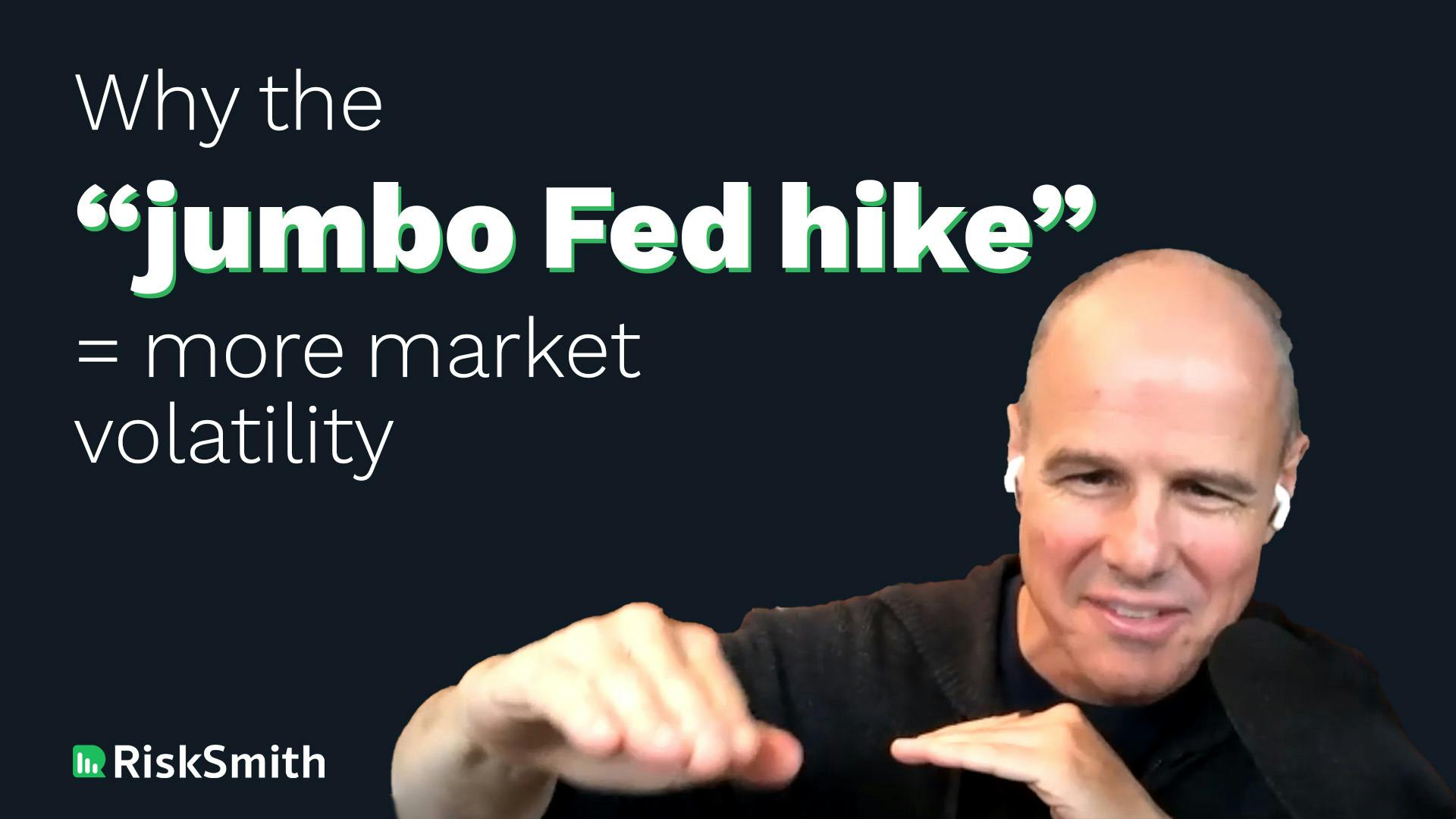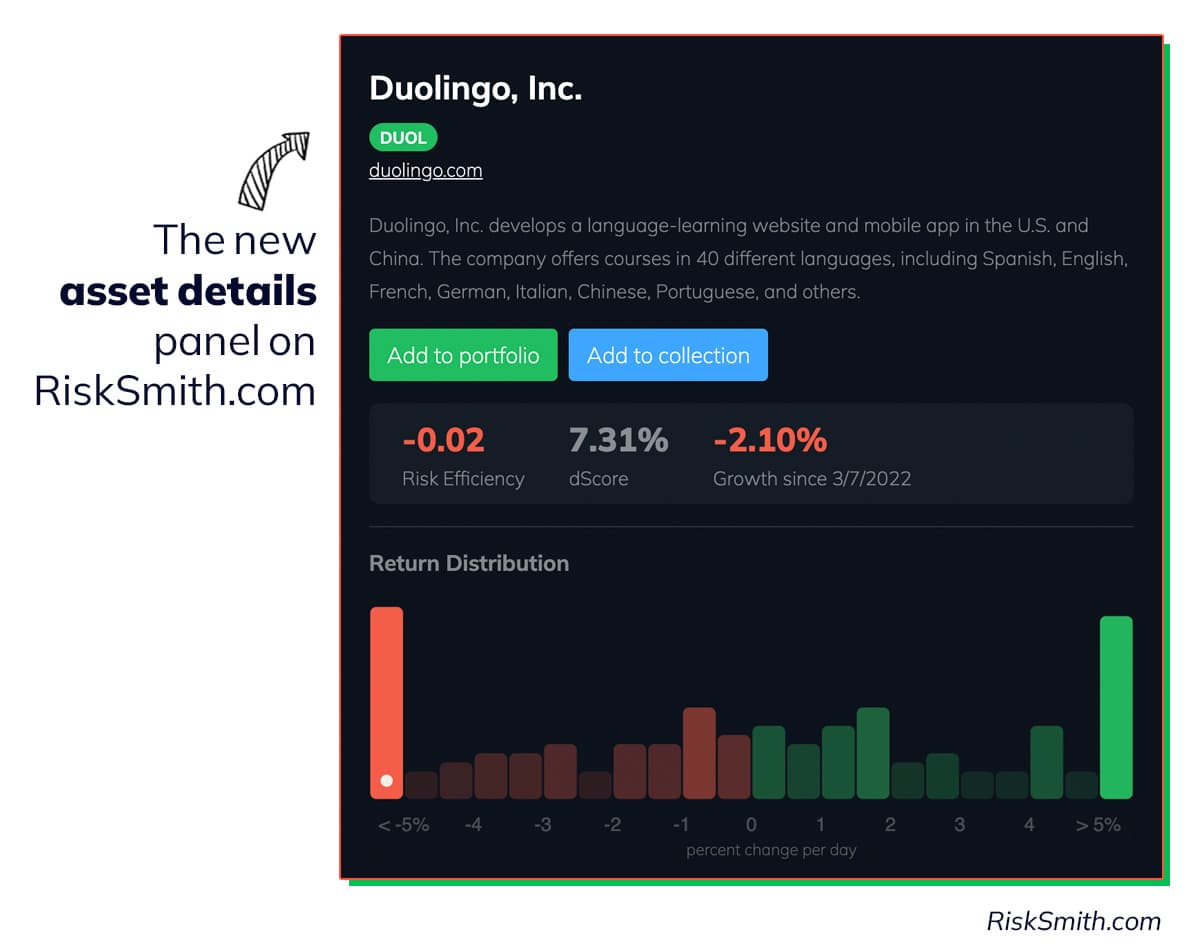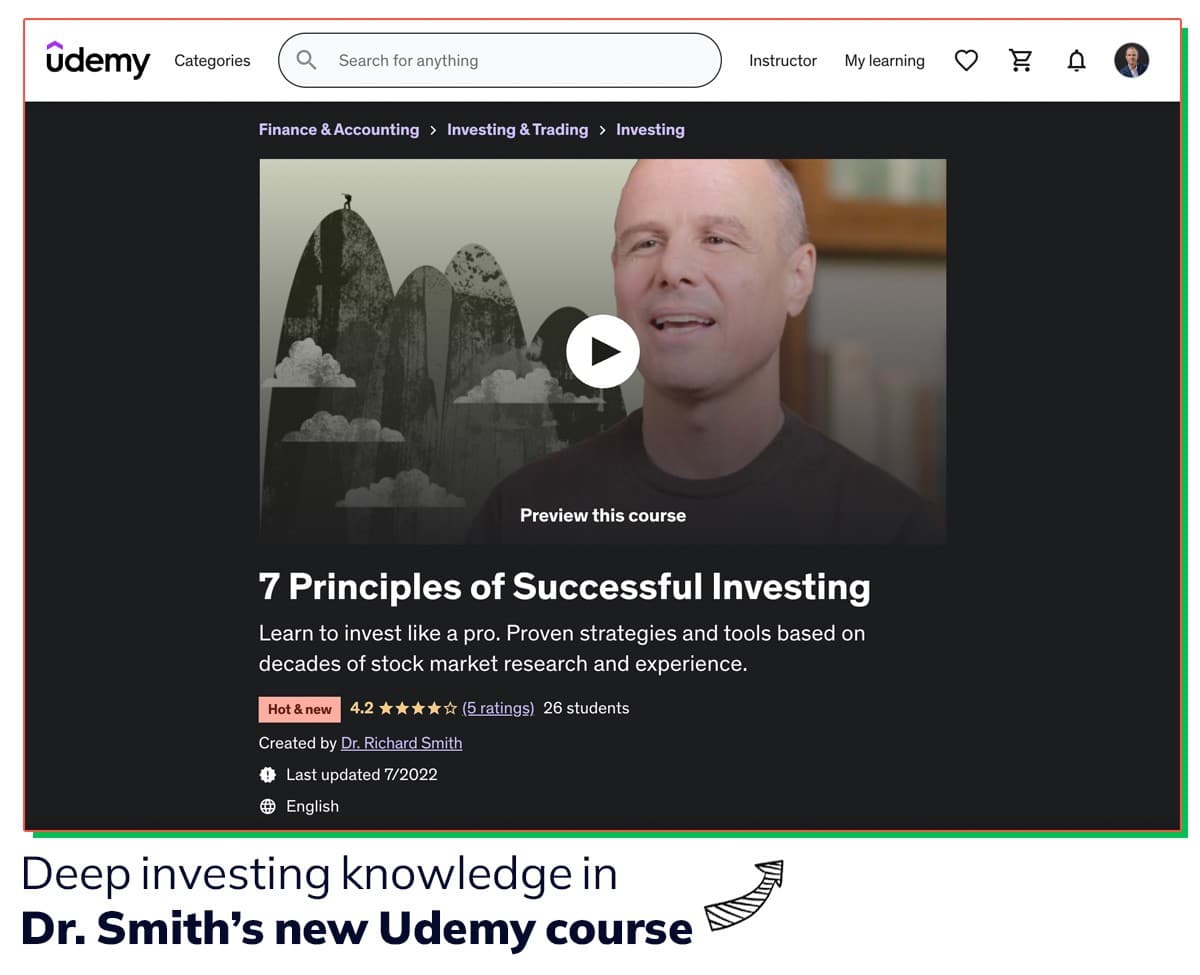The 3 Pillars of Successful Investing
These apply to literally anyone who has money in the markets.
D.R. Barton
January 23rd, 2023

Blog | The 3 Pillars of Successful Investing
tl;dr
The 3 Pillars are:
Good choices (your investments should earn money over time)
Uncorrelated assets (they should work together to give you a smooth return stream)
You (they should combine to give you a portfolio that matches your values and meets your financial needs)
When I’m sitting down to learn something new—something big, like a new language or how to rebuild a car engine—I always like to start with a few principles that bring a lot of complexity down to simple terms I already understand.
Building a portfolio can be like that, whether you’ve been in the game a while, or are just starting out.
We talk about this a lot at Finiac HQ, and we’ve narrowed it down to three core principles. They apply no matter how you invest, how long you’ve been in the markets, or what you’re investing for. (These are sourced, by the way, from our co-founder Dr. Richard Smith’s excellent Udemy course, 7 Principles of Successful Investing.)
Here are the three pillars successful investment:
Good investment ideas (ones that have positive returns over time)
Uncorrelated assets (ones that don’t tend to move up and down together at the same time)
You (anything you invest in should be something you believe in, stay within your personal risk tolerance, and contribute to a portfolio that works on your time frame)
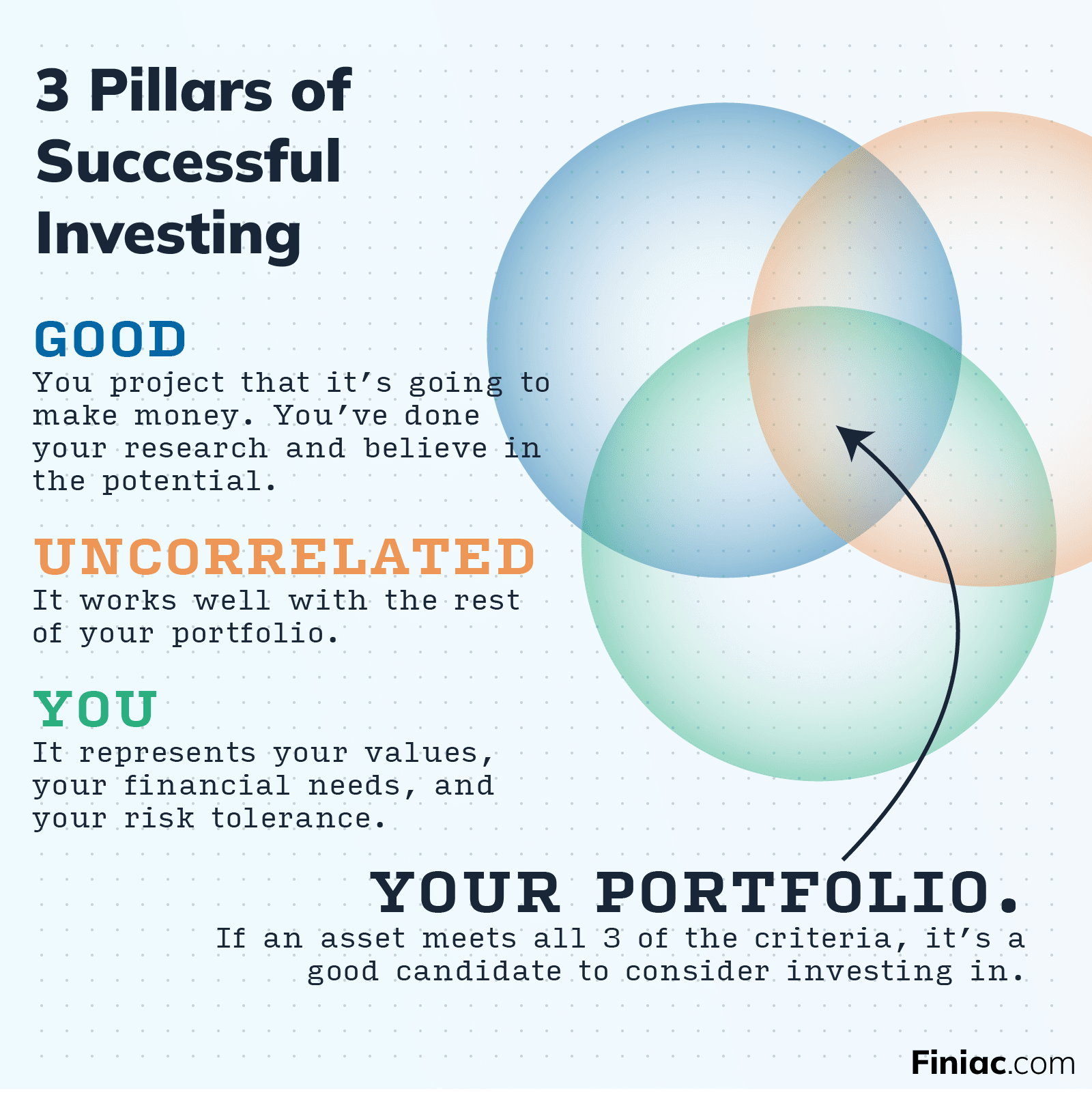
3 Pillar of Successful Investing as a Venn diagram
Ray Dalio, who founded the hedge fund Bridgewater Associates and is generally an OG investor, refers to this as a “holy grail” portfolio: one that has 15-20 good, uncorrelated return streams. The actual number of assets in your portfolio is up to you, but “good” and “uncorrelated” are rock-solid advice for literally anyone in the markets.
Now let’s dig into each of these three principles.
Good Investment Ideas
To be honest, we (Finiac, that is) mostly stay out of this step. If you’ve got money in the market, it’s pretty likely that stock tips are flying at you from all sides—from a dozen different media outlets, all the way down your cousin nudging you at the barbecue.
Here’s the rub, for us: we don’t want to tell you what to invest in.
We’ll only say what’s obvious. You want to choose assets that:
have positive returns over time
meet your own risk-tolerance expectations
align with your personal values and belief system
Beyond that, take tips from sources you trust. Do your research.
Then, bring them into Finiac, and we’ll really get to work.
Uncorrelated assets
This is where it starts getting fun, for nerds like us.
At this point, you’ve probably got a long list of possible investments.
Right off the bat, we tell you how correlated they are with each other. You can see that represented as the correlation matrix for any Finiac portfolio:

As you can see, we’ve done all the math for you: a higher % represents higher correlation.
The target here is simple: from your list of possible investments, identify the ones that are least-correlated to each other.
“What’s so great about uncorrelated assets?,” you might ask.
A portfolio with low correlation is going to give you a smoother ride as an investor. You’re going to see consistent growth, rather than a herky-jerky, risky trajectory. And the fact is, smoother growth means higher compound return in the long run.
The math is clear: Given equal periodic returns (monthly returns or annual returns), a lower volatility asset will outperform a higher volatility asset over time. Period.
Position size
Now that you’ve got a low-correlation portfolio together, you want to allocate your money to get the most potential reward for the risk you’re taking on.
The math on this one is a little more complicated, but again, Finiac does it for you. Switch a portfolio to “volatility-weighted” the app will automatically adjust the sizes of your investment in each asset to maximize your use of risk.
You
If you’ve gotten this far, you’re miles ahead of 90% of investors out there.
These concepts might seem simple, but you’d be shocked how many people put their money in the markets without even giving a thought to correlation or position-sizing or risk.
Which is to say, you’ve already upgraded your financial game significantly. In this last pillar, you want to do the same for your financial behavior and habits.
Starting with:
Take only the risk you're comfortable with
Each potential investment carries its own level of risk. This is metric that almost no one talks about, but it's key to building a portfolio that represents you. We built Finiac, in part, to help you discover that risk level, so you can choose to take on only the bets that make sense for you.
Know when to sell before you buy
Before you commit to an investment, make your exit plan 100% clear. And that depends entirely on you.
Need to pull you money out for a specific event in your life? Set a date for when to sell.
Want to protect your profits? Set a trailing stop to get out before they disappear.
In it for the long haul? As long as you're within your own risk tolerance (see above), commit to staying in until your growth hits a certain target.
Thankfully, Finiac has tools that help you set up these goals and stick to them, without watching the markets like a hawk 24/7.
Make it a habit
Just like anything else in life, you start to see results when you make this fit comfortably into your own life.
That does not mean you have to be in your portfolio every day. It means that you should choose a check-in interval that’s comfortable for you, and commit to it.
Put the 3 pillars to work
Underneath all the strategy I’ve laid out above is one goal:
Narrow the range of decisions you need to make when investing.
Basically everything in this arena is built to overwhelm you. The media chatters endlessly. Folks online are in an endless debate. Apps try to push you into trading more. Even your broken probably floods you with more data than you actually need.
These three pillars I’ve laid out are an antidote to that mentality. Everything in the Finiac app comes is meant to help you focus in on what matters, and mute everything else.
Basically:

And that’s really the essence of the “You” pillar of investing: Focusing on this intersection and letting the other things about investing that used to seem important, fade into the background…
Great investing and God bless you,
D.R.
Don't fall prey to loss aversion
Design better portfolios with RiskSmith

Related Posts
